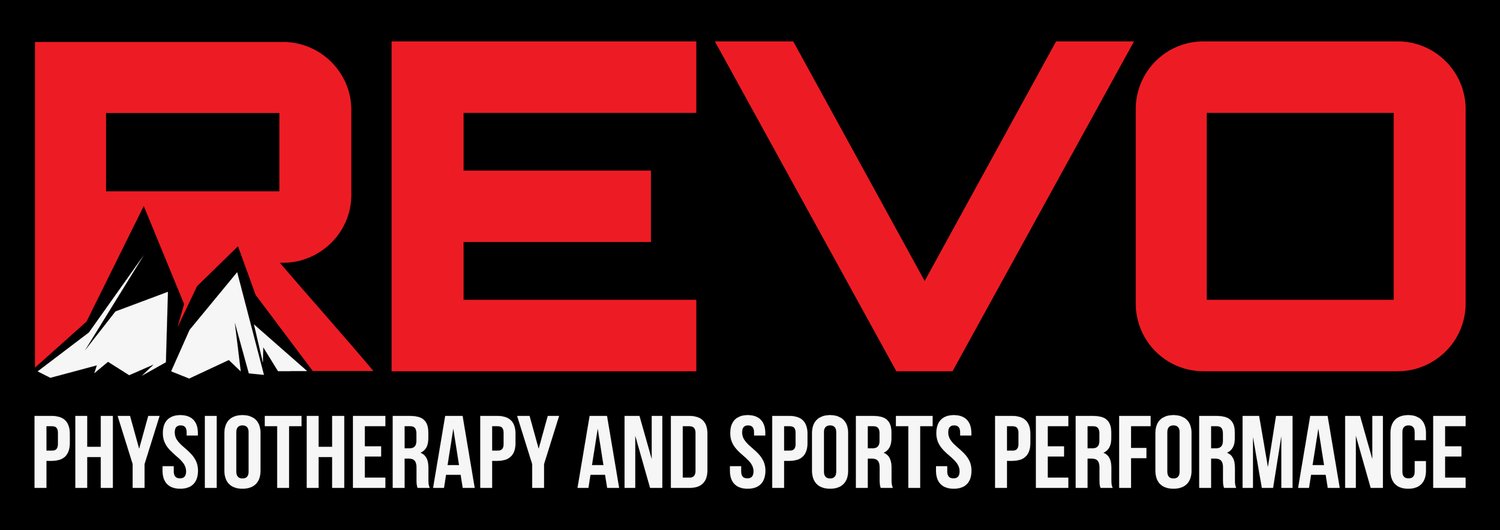Simple biofeedback to make your workouts better
Let’s take the simple task of working out, discuss how are we able to do it, and then discuss how we can do it even better.
Many of you have your workout routine down to a tee. You are no novice in the gym & are well conditioned in your exercises, understanding how to perform all of them, and doing so with perfect form, right? Repetition after repetition your body’s motor output is well conditioned; in other words your brain knows what it’s doing….or does it?
The brain is an amazing thing with many moving parts. Complex movements require a collaboration of different systems working together to create a motor output. In other words our motor output; how we move; is a combination of three different systems working together. The visual system allows us to see; essentially we are able to use our vision to better interact with the environment. Our vestibular system rests in our inner ear & allows us to know where our head is & which way it is tilted relative to the rest of our body. Lastly is proprioceptive input communicated from the bodies muscles, tendons & joints, helping our brain know where our feet & legs are positioned compared to the ground & in space. Put all three systems together and what do you get? An influx of information sent directly to the brain stem where the information is sorted out and we move accordingly within our environment; and in this case successfully complete a repetition of an exercise.
But how can we be sure that our motor output; how we move; is how we think we're moving. Or perhaps more importantly, how can we enhance that motor output to optimize our movement.
If you ever feel unbalanced, unstable, or as if there are too many moving pieces to a movement, here is why…
Movement efficiency is dependent upon the integration of these three systems. Therefore it is safe to say that the more information we give each system the better and more controlled our movement will be. Unfortunately there are instances when all three systems do not cohesively collaborate with one another. One instance can be seen post injury where our proprioceptive system is known to suffer. Another instance occurs when we ourselves eliminate one of the systems. Do you know what system is the most overlooked & forgotten about system when in the gym? The visual system. When we perform exercises without being in front of a mirror we have completely shut down any visual information going towards the brain to help assist with our movement. If my goal is to enhance my performance and HOW I MOVE then why would I want to completely remove an entire system from the equation? What I want to do is just the opposite. I want to send as much information towards the brain stem as I can so motor outputs are ideal and motor patterns are better created & learned. This is what we call feedback to the brain.
What other types of feedback can we give the brain?
Exercise Bands- Bands around the knee during a squat provide the brain with increased feedback to maintain tension on the band & therefore assisting with critical placement of vertical shins & knees over toes.
Mirror- with additional visual feedback from a mirror we get increased body awareness, improved movement efficiency and most importantly amplified gains.
Slow motion Video- When performing quicker dynamic movements such as single leg jumps slow motion video capture is a great way to review your movement quality.
So next time you’re performing a squat based exercise ask yourself if you can confidently answer the following questions:
· Is your trunk forward?
· Is your pelvis in a neutral position?
· Are your knees diving inward & collapsing medially ever so slightly?
· Are your knees in front of your toes?
· Are your hips back & level with one another?
Not sure? Not a problem: Just grab a mirror.

